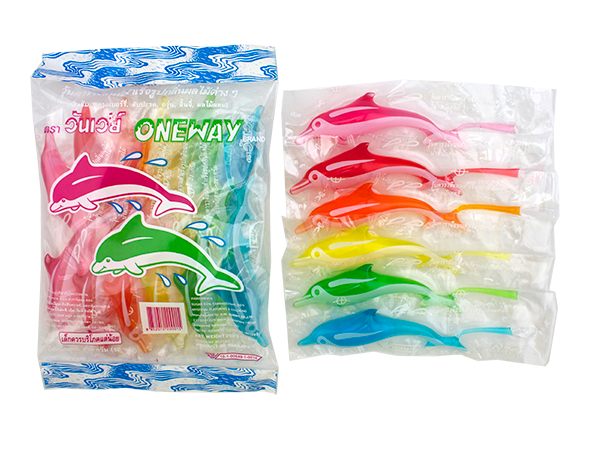

Like the arteries of the flippers, the arteries of the flukes are surrounded by veins to help conserve body heat in cold water.Ī bottlenose dolphin's dorsal fin is often falcate (curved back), although the shape is quite variable. Longitudinal muscles of the back and peduncle (tail stock) move the flukes up and down to propel a dolphin through water. Fluke spread is about 20% of the total body length. Flukes are flattened pads of tough, dense, fibrous connective tissue, completely without bone, cartilage, or muscle.įrom tip to tip, an adult's flukes measure about 60 cm (23.4 in.) across. To shed excess body heat, circulation increases in veins near the surface of the flippers and decreases in veins returning to the body core.Įach lobe of a dolphin's tail is called a fluke.This countercurrent heat exchange aids dolphins in conserving body heat. Thus, some heat from the blood traveling through the arteries is transferred to the venous blood rather than the environment. Arteries in the flippers are surrounded by veins.Pectoral flipper length averages 30 to 50 cm (11.7 to 19.5 in.).ĭolphins use their pectoral flippers mainly to steer and, with the help of the flukes, to stop.īlood circulation in the flippers adjusts to help maintain body temperature. Pectoral flippers are curved back slightly and pointed at the tips. The skeletal elements are rigidly supported by connective tissue. Pectoral flippers have the major skeletal elements of land mammal forelimbs, but they are foreshortened and modified. Blubber thickness fluctuates by season as well as with body size and health status.Ī dolphin's forelimbs are pectoral flippers.Shark bite scars are not uncommon on wild bottlenose dolphins. Blubber providing a measure of protection from predation, as predators must bite through this layer to reach vital organs.Blubber reduces heat loss, which is important for thermoregulation.Blubber stores calories, which provide energy when food is in short supply.Blubber contributes to a dolphin's streamlined shape, which helps increase swimming efficiency.Blubber is a layer of fat reinforced by fibrous connective tissue. The dermis contains blood vessels, nerves, and connective tissue.Ī dolphin's blubber ( hypodermis) lies beneath the dermis. The skin layer beneath the epidermis is the dermis. Many populations of Indo-Pacific bottlenose dolphins are ventrally spotted. Some bottlenose dolphins show spots on their bellies or light streaks along their sides.

When seen from below, a dolphin's lighter belly blends with the bright sea surface. When viewed from above, a dolphin's dark back surface blends with the dark depths. This coloration, a type of camouflage known as countershading, may help conceal a dolphin from predators and prey.This turnover rate ensures a smooth body surface and probably helps increase swimming efficiency by reducing drag (resistance to movement).Ī bottlenose dolphin's skin color is gray to dark gray on its back, fading to white on its lower jaw and belly.

This sloughing rate is 9 times faster than in humans. A bottlenose dolphin's outermost skin layer may be replaced every 2 hours. The outer skin layer (epidermis) is about 15 to 20 times thicker than the epidermis of humans.ĭolphin skin constantly flakes and peels as new skin cells replace old cells. Cutaneous ridges may play an important role in sensory functionĪnd in drag reduction as a dolphin swims.Ī dolphin’s skin is smooth and feels rubbery. Upon close observation, cutaneous ridges may be seen on the surface of a dolphin’s skin that run circumferentially around the body trunk and vary in direction past the dorsal fin and other isolated areas. Skinīottlenose dolphins have a few, sparse hair follicles around the tip of their rostrum, though any individual hairs that are present fall out before or shortly after birth.ĭolphin skin is highly specialized and plays an important role in hydrodynamics. In the Mediterranean, bottlenose dolphins can grow to 3.7 m (12 ft.) or more.Ī bottlenose dolphin has a sleek, streamlined, fusiform body. Large bottlenose dolphins in the Pacific may be 3.7 m (12 ft.) and weigh 454 kg (1,000 lbs.). The average adult length in the wild is 2.2 to 2.7 m (7.2 to 8.9 ft.).Ĭoastal bottlenose dolphins measured off Sarasota, Florida average 2.5 to 2.7 m (8.2 to 8.9 ft.) and weigh between 190 and 260 kg (419 to 573 lbs.). The average adult length of dolphins in Alliance of Marine Mammal Parks and Aquariums facilities is 2.59 m (8.5 ft.).


 0 kommentar(er)
0 kommentar(er)
